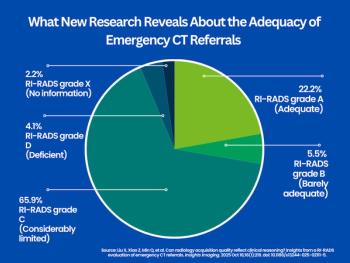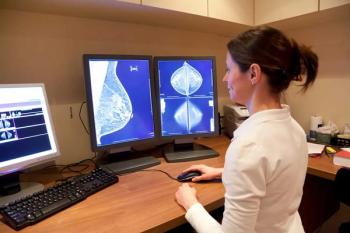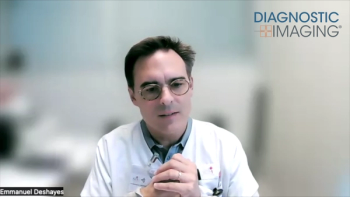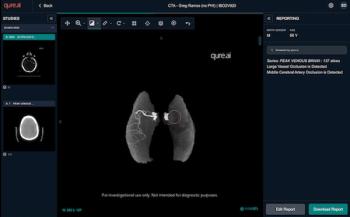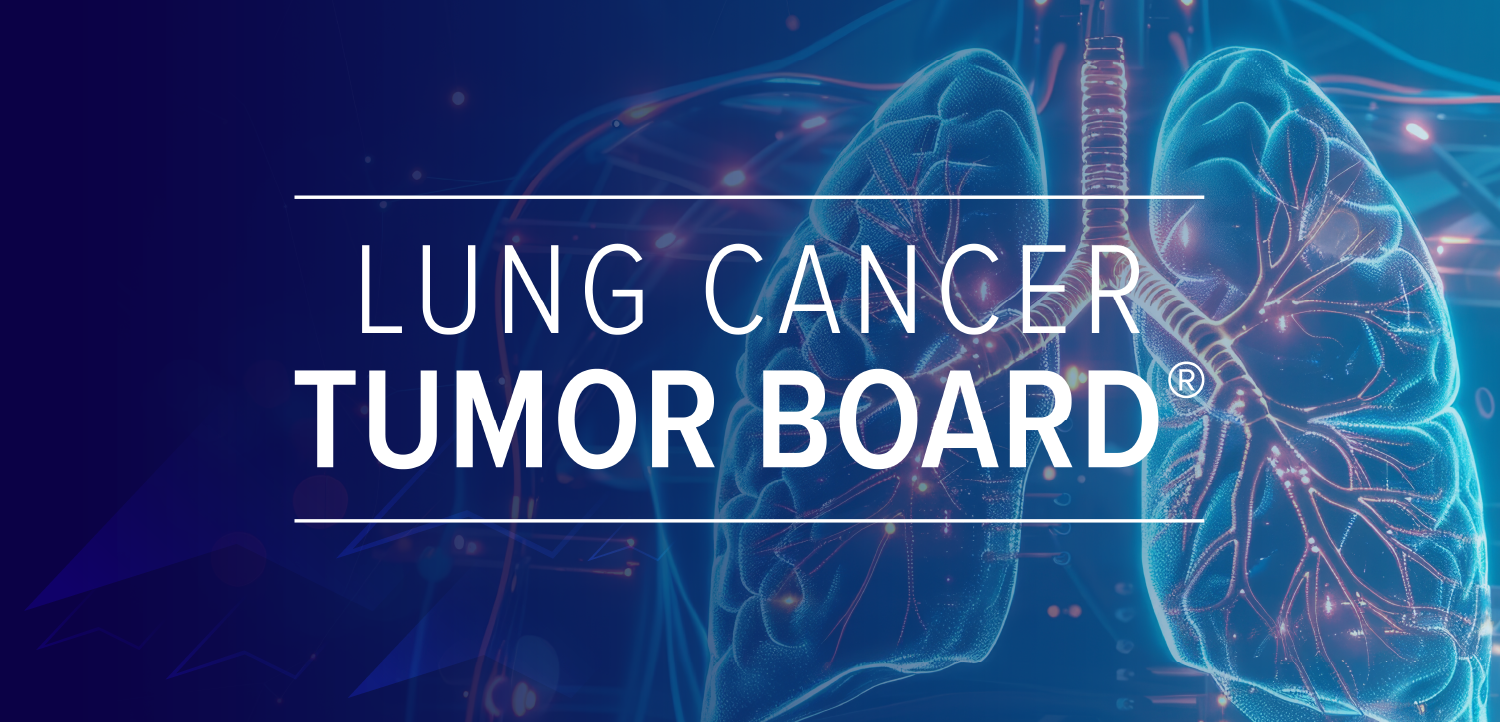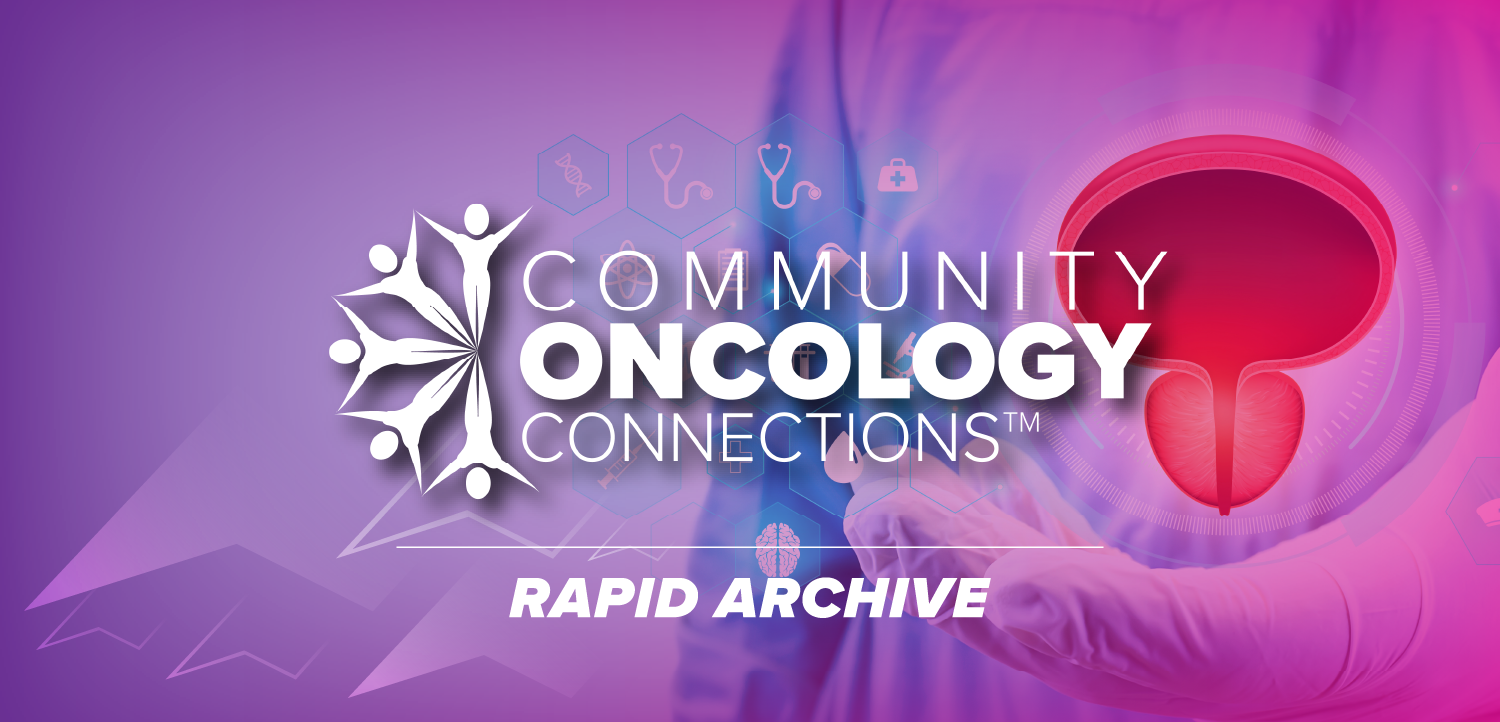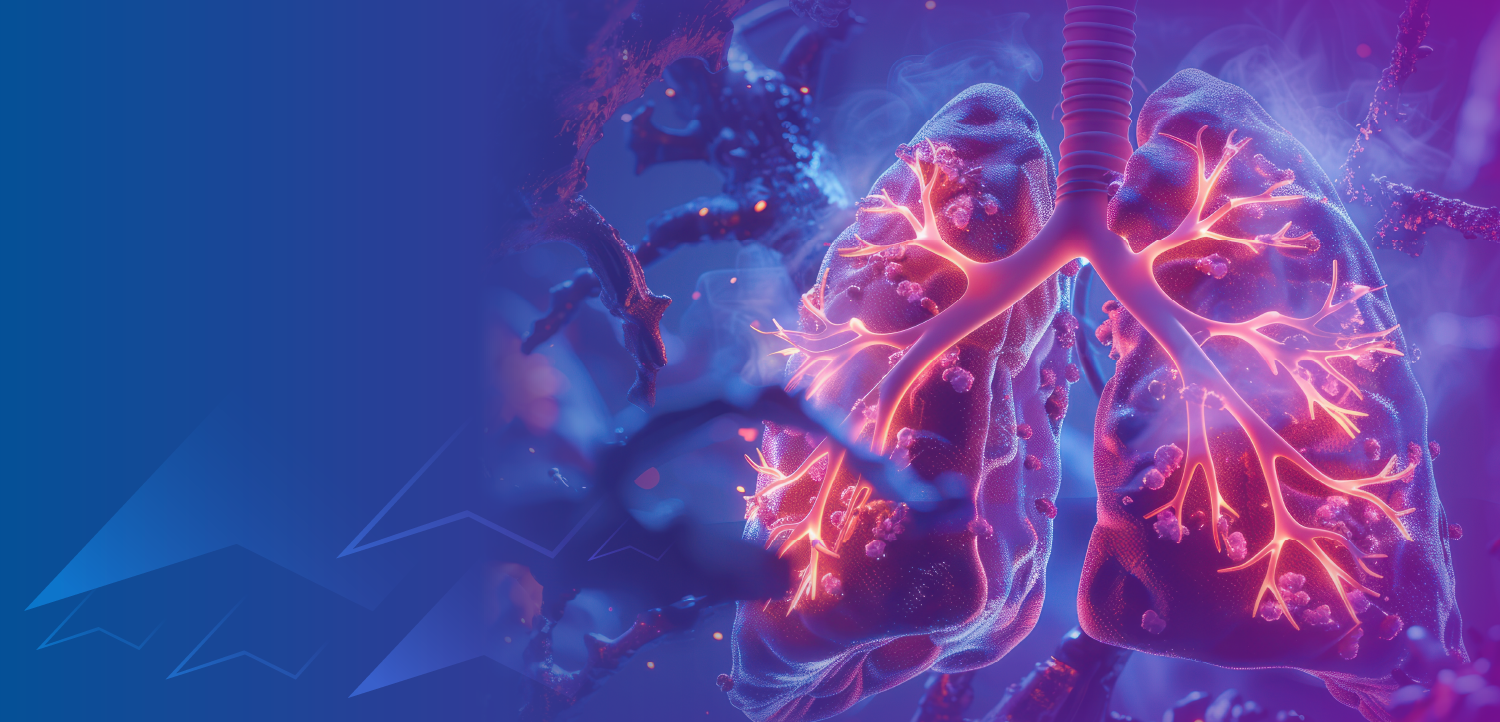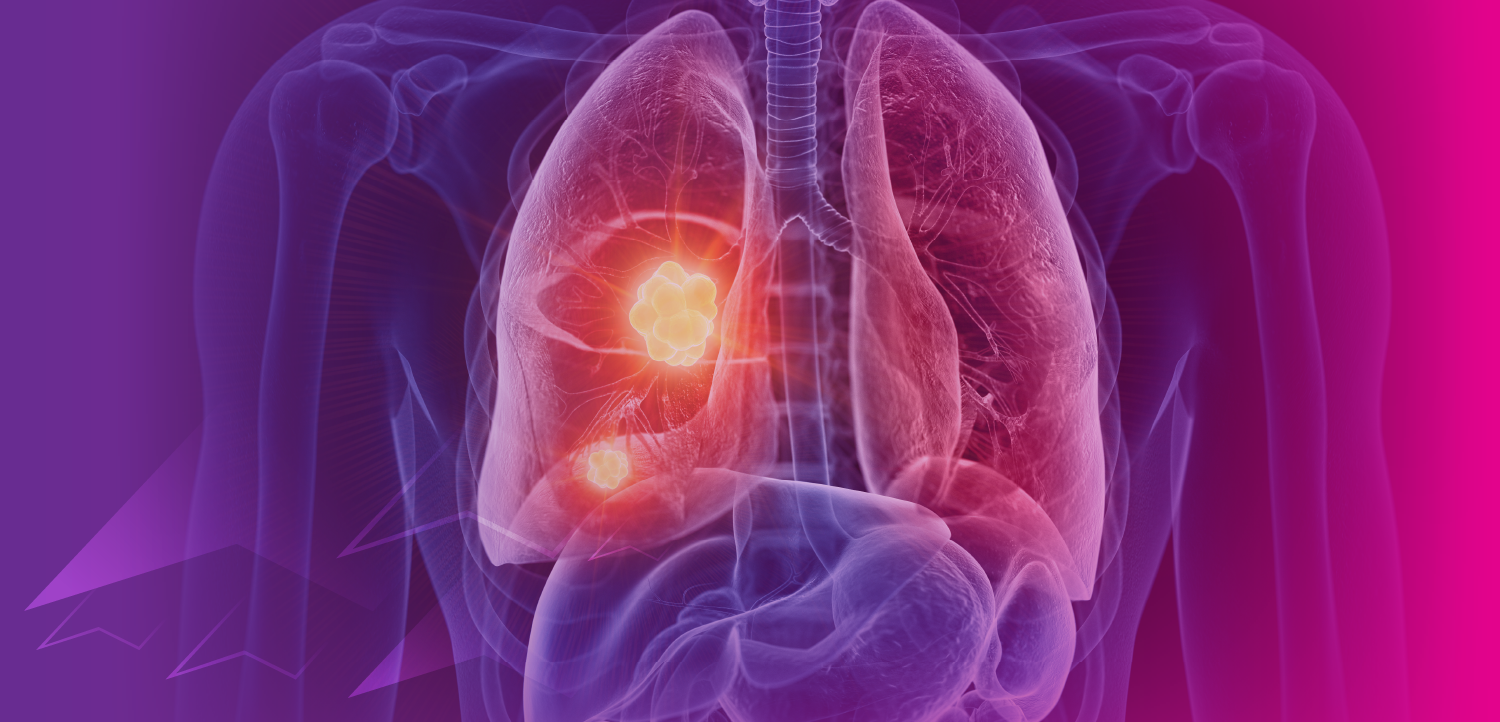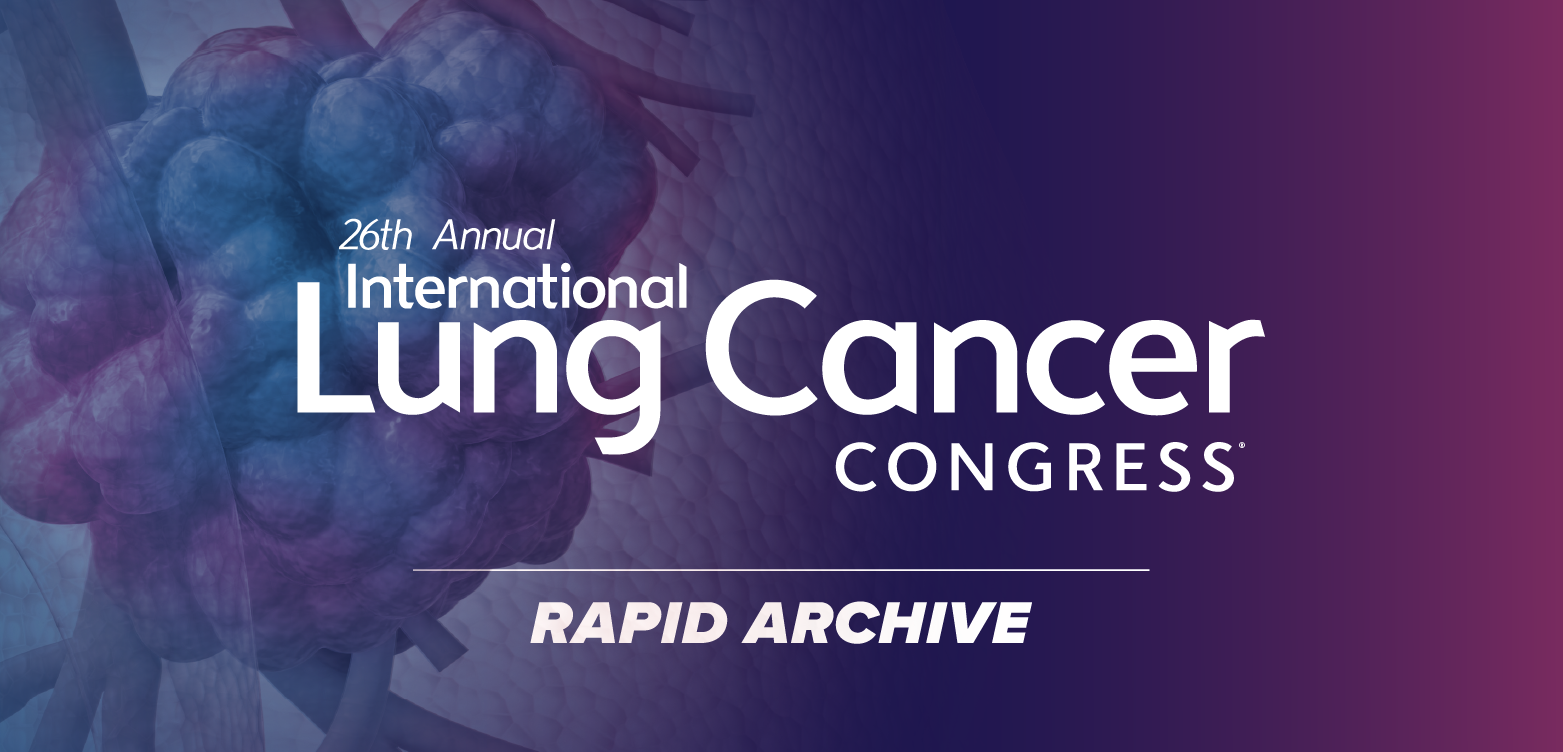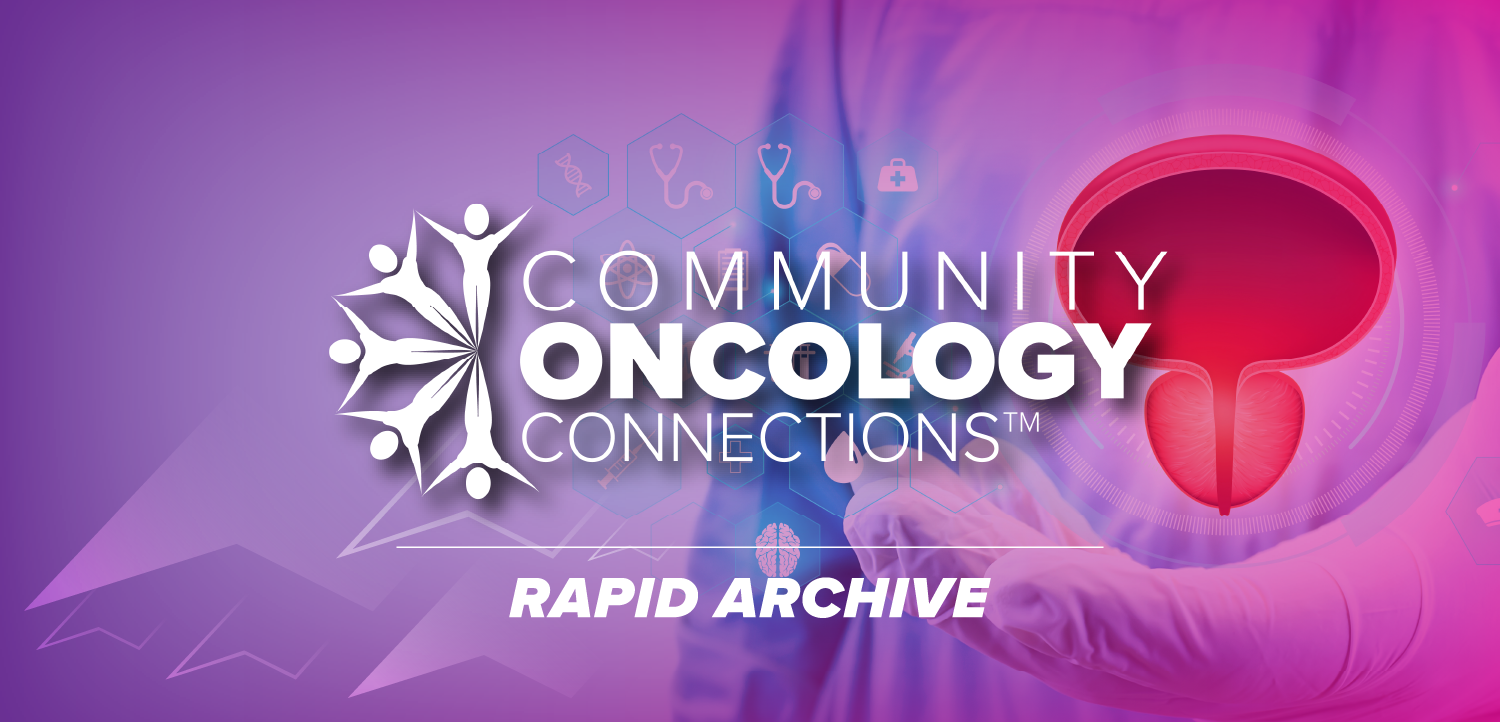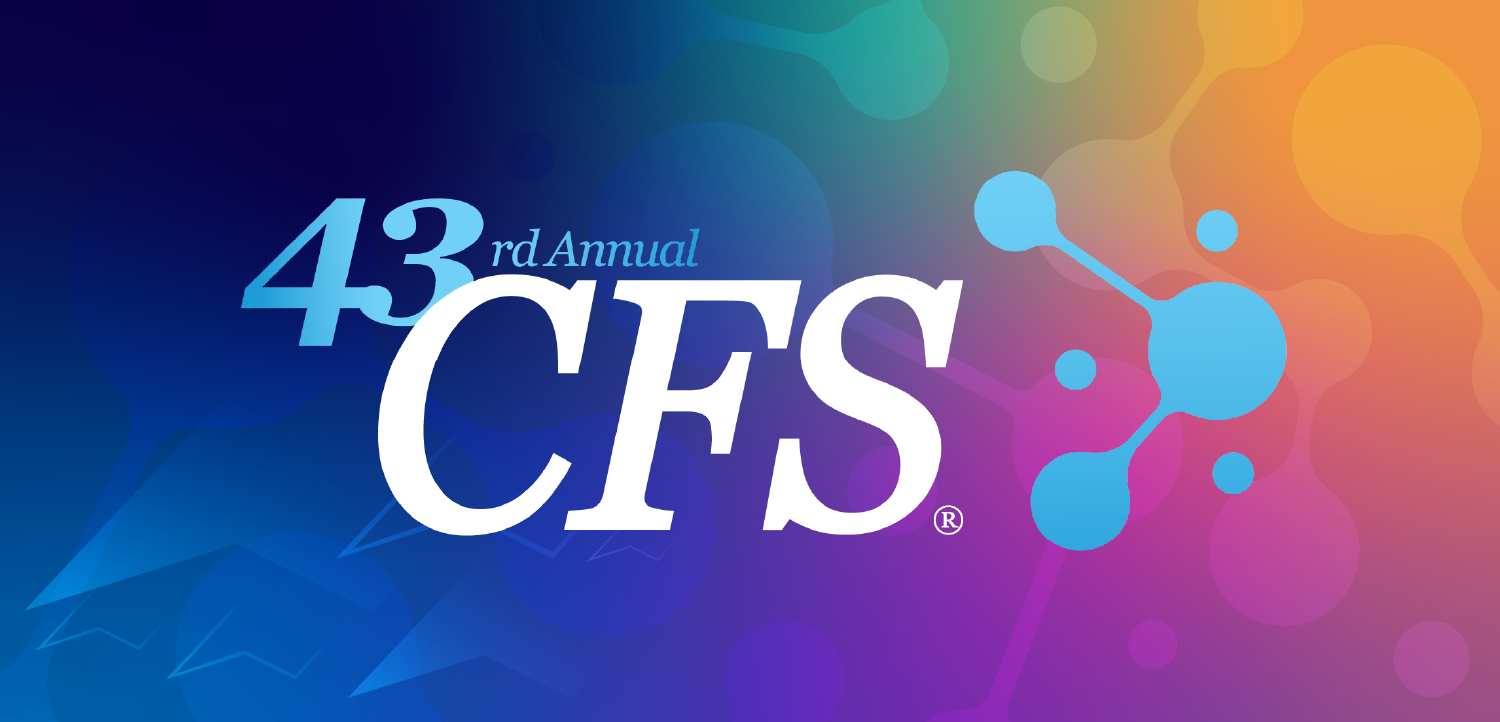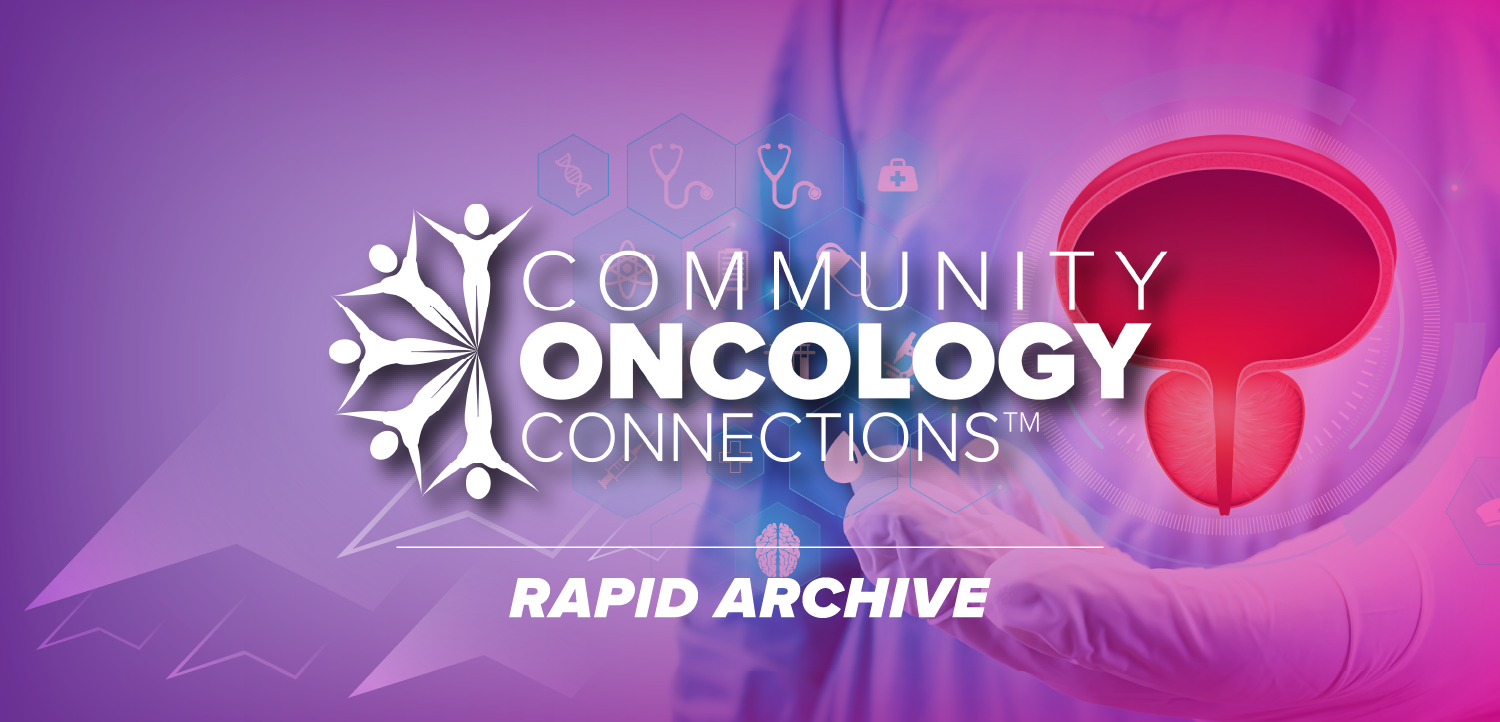CMS Approves NTAP Reimbursement for CT-Based AI Triage Software for Obstructive Hydrocephalus
The first radiology triage modality to garner a Breakthrough Device Designation from the FDA, Annalise-Obstructive Hydrocephalus has reported sensitivity and specificity rates of 97.5 percent and 95.3 percent respectively.
The Centers for Medicare and Medicaid Services (CMS) will provide a
While the clinical presentation of OH has similar characteristics to other neurological conditions, the potentially life-threatening OH requires urgent detection and treatment. Annalise-Obstructive Hydrocephalus identifies suspicious findings of OH within minutes of assessing non-contrast brain CT scans, according to Annalise.ai, the manufacturer of the AI software.
The company emphasized that Annalise-Obstructive Hydrocephalus, which garnered the
“Patients with obstructive hydrocephalus can deteriorate rapidly if not promptly identified, evaluated, and treated. Annalise-OH will help care teams identify these patients faster, consult with their neurosurgeon, and reduce the chance that they suffer from severe complications,” noted Aaron Yengo-Kahn, M.D., a neurosurgeon based in Orange, Calif.”
Newsletter
Stay at the forefront of radiology with the Diagnostic Imaging newsletter, delivering the latest news, clinical insights, and imaging advancements for today’s radiologists.


